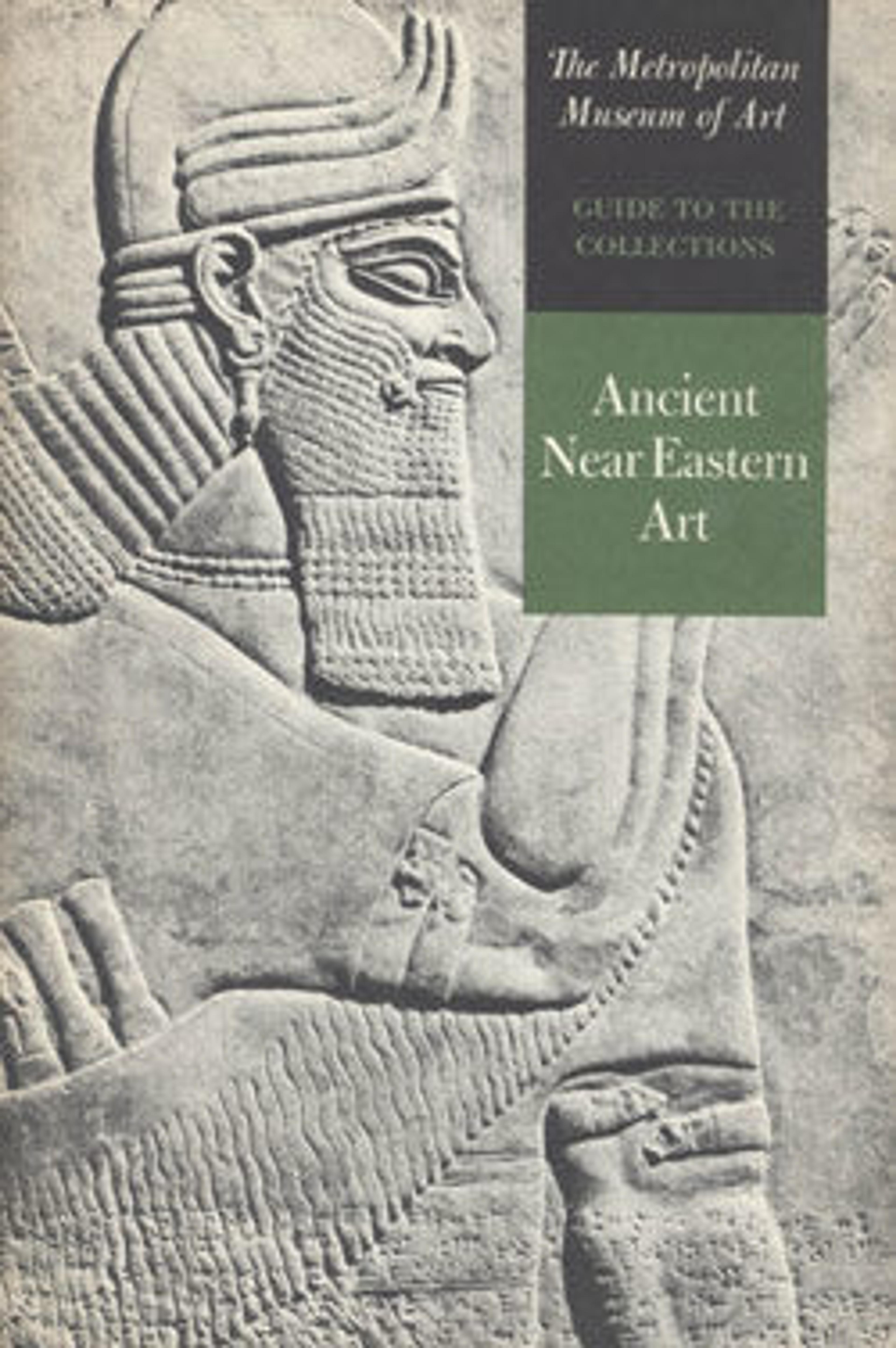Bowl
The most common type of vessel excavated from graves of the Late Ubaid period at the southern Mesopotamian site of Eridu was a shallow bowl, like this one. Typically a band of paint circles the outer rim, with occasional painted decoration—often of a crosshatched design—along the band. The central ground is left blank. On this example, the hatching takes the form of three evenly spaced lozenges, the sides of which are not straight and give the appearance of leaves swirling around the bowl. Toward the end of the Ubaid period in southern Mesopotamia, pottery was less skillfully painted but some of the grave pottery has simple but bold and very effective designs. This vessel was excavated in the Ubaid Cemetery at Eridu (Grave 134).
Artwork Details
- Title: Bowl
- Period: Ubaid
- Date: mid 6th–5th millennium BCE
- Geography: Mesopotamia, Eridu (modern Abu Shahrein)
- Culture: Ubaid
- Medium: Ceramic
- Dimensions: 2 in. × 9 3/8 in. × 9 3/8 in. (5.1 × 23.8 × 23.8 cm)
- Credit Line: Gift of Theodore M. Davis, by exchange, 1949
- Object Number: 49.133.3
- Curatorial Department: Ancient West Asian Art
More Artwork
Research Resources
The Met provides unparalleled resources for research and welcomes an international community of students and scholars. The Met's Open Access API is where creators and researchers can connect to the The Met collection. Open Access data and public domain images are available for unrestricted commercial and noncommercial use without permission or fee.
To request images under copyright and other restrictions, please use this Image Request form.
Feedback
We continue to research and examine historical and cultural context for objects in The Met collection. If you have comments or questions about this object record, please complete and submit this form. The Museum looks forward to receiving your comments.
